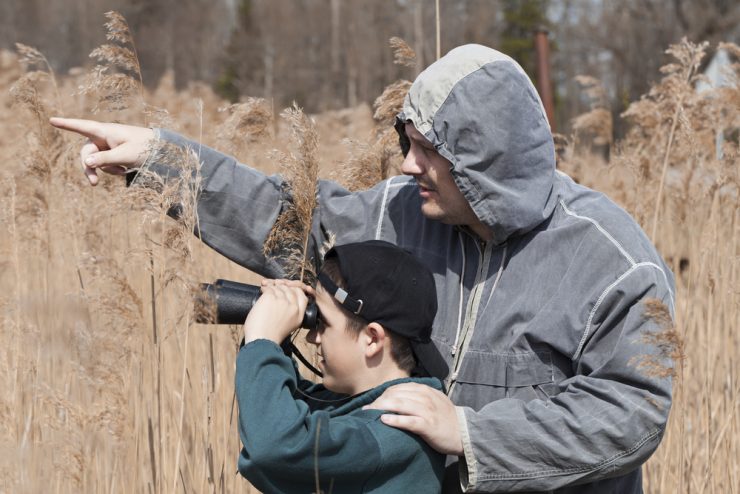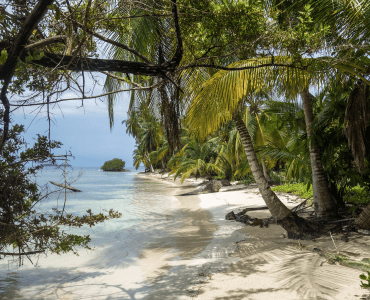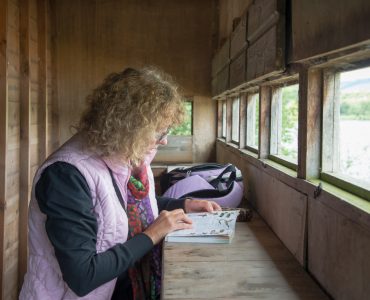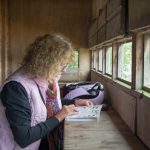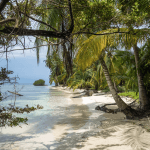Iran is an Islamic republic with 1,648,184 sq. km. land surface, 80 million inhabitants and 28 provinces. One of the provinces is Hormozgan with 68,475 sq. km. land surface area and 1 million people. Hormozgan is located along the coastal area of South Iran which stretches from the borders of Bushehr province to the Baluchestan province.
The Sind Pied Woodpecker, a species endemic only to Pakistan and Iran, is commonly seen in the desert outskirts of the Oriental Region. Hormozgan has four wetlands characterised by extensive lagoons, mudflats, creeks and mangrove vegetation. These sites are important to wintering, migrant and breeding water birds.
Numerous herons breed in the Khalathi creek which is situated near Jask town. Crab plover and great stone plover breed in the Hara area, which is located between the island of Qeshm and Khamir harbour town. It has a great number of migratory birds and is wintered by flocks of spoonbill, dalmatian pelican and Eurasian oystercatcher. The area is also of importance to broad-billed sandpipers. The Shidvar international wetland is a small island in the central Persian Gulf which supports the biggest tern colonies in Iran and small colonies of western reef herons.
The Geno area is a significant bird area which encompasses the Kuh-e-Geno mountain ridges rising above the coastal plains of the Persian Gulf. The area is inhabited by numerous species of birds and supports endemic plants. In the south-east area of Hormozgan are the Jegin woodlands which support interesting plants and the distinctive Baluchi avifauna. Another bird area is the Tarom and Tashkouiye plains in the northern part of Hormozgan. This area is wintered by common crane and houbara bustard.


